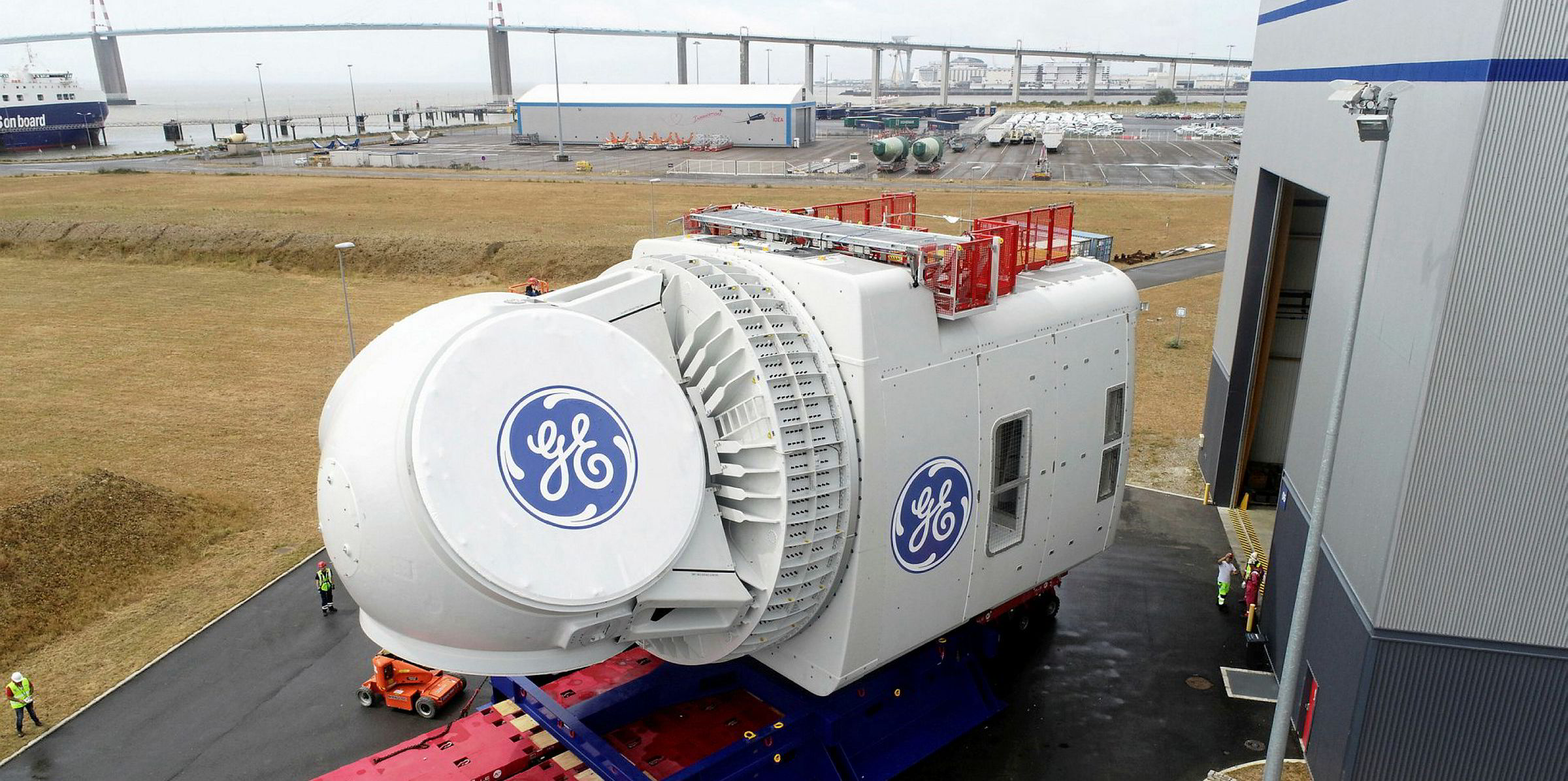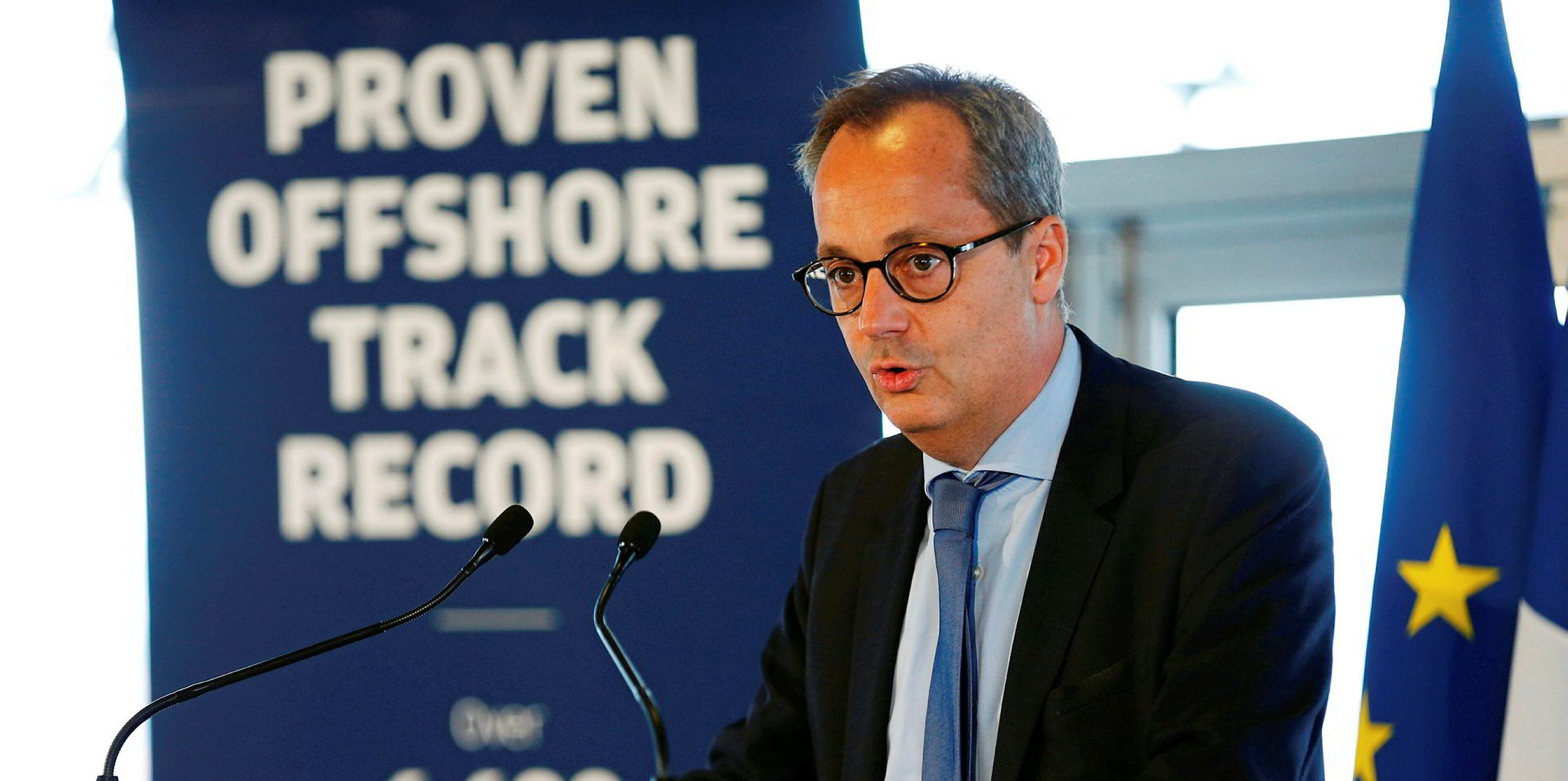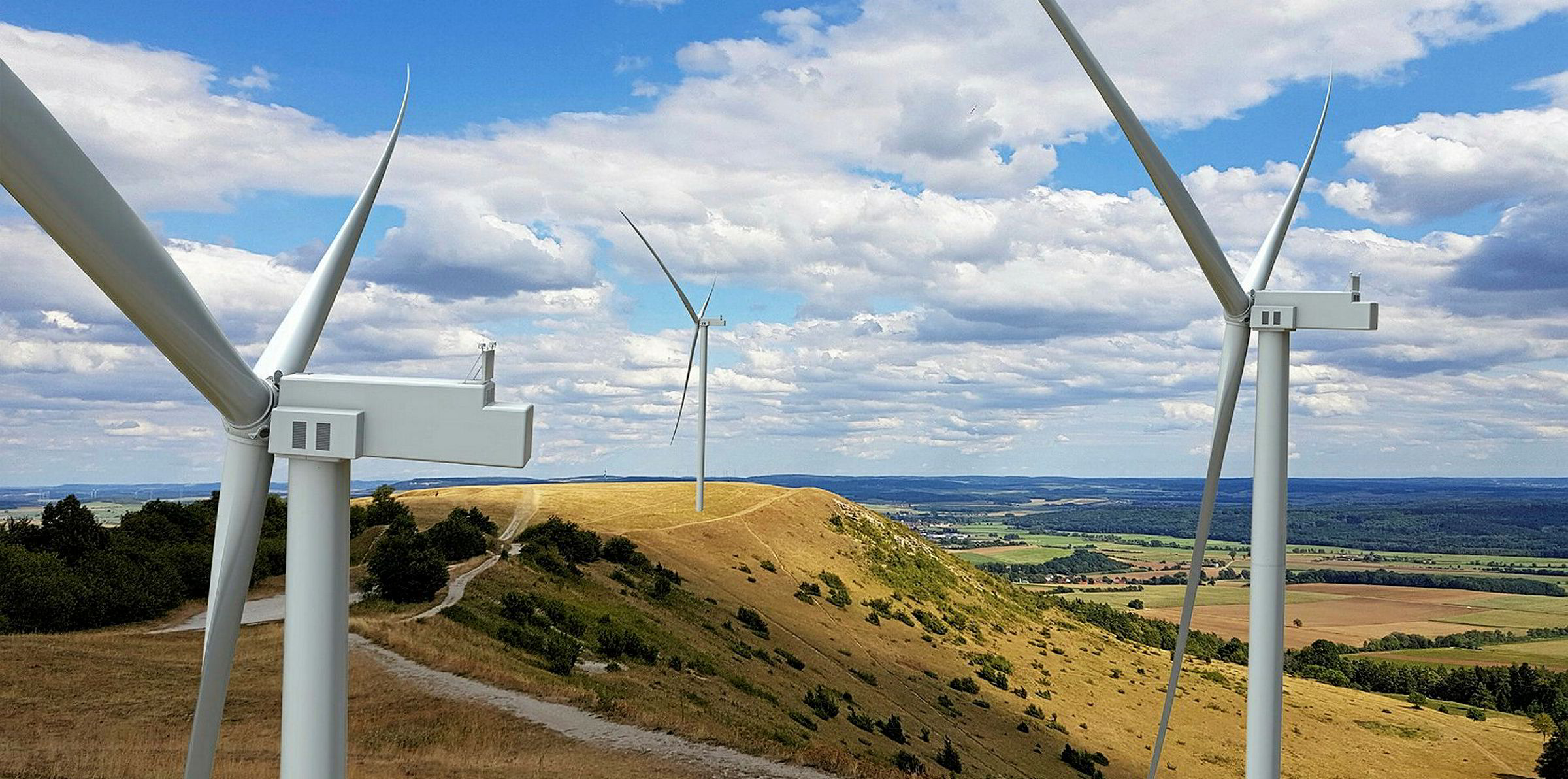The nine-figure losses at GE Renewable Energy (GE RE) increased by $22m over the past three months, despite revenues more than doubling over the same period, according to the unit's second-quarter results.
Revenues grew from $1.64bn in Q1 to $3.627bn in Q2, yet total losses grew from $162m to $184m over the same period. GE RE posted an $85m profit in Q2 2018.
GE chief executive Larry Culp said the US industrial giant’s renewable energy division is improving daily execution and operations.
“In all, this can be and needs to be a better business than it is today,” he said on an earnings call. First half losses swelled to $371m versus a $196m profit in the same period in 2018. Onshore wind, however, was profitable, as orders grew by 87% year on year, driven by sales in North America.
"We have a large backlog of projects to deliver, and a healthy new product pipeline with solid returns coming over the next two to three years in both onshore and offshore [wind]," said Culp. "We believe there is upside as we look to 2020 and 2021."
Meanwhile, Culp said he spent a week in June with the renewables team and left “confident” they can grow the business profitably once it overcomes certain obstacles.
The biggest “headwinds and difficult books of business” are rising losses on legacy Alstom hydro projects that became part of GE’s portfolio when it acquired the French company in November 2015 and Grid Solutions, a deficit producing business that was transferred to Renewable Energy last quarter.
Grid Solutions serves global utilities and industries and comprised roughly 25% of Renewable Energy’s $3.6bn revenues in the quarter, helping it to post a 26% increase versus a year earlier.
It helps customers improve energy efficiency and grid resiliency, digitalise and upgrade aging infrastructure, and enable adoption of renewables and a diversified energy mix.
“We are working through complex projects and improving our daily execution,” he said, while division leaders are taking actions throughout Renewable Energy to improve operations. A key change is how commercial operations are run with implementation of tighter price controls.
Chief financial officer Jamie Miller said GE RE’s losses were also due to “challenging onshore project execution in Asia Pacific,” which she did not detail; increased R&D investment, pricing issues, tariffs imposed by President Donald Trump’s administration on aluminum, steel and multiple goods from China; and consolidation of several joint ventures.
"We are working very hard to offset these with strong volume and cost productivity," said Culp.
R&D has been focused on two major new products – the 5MW Cypress onshore wind turbine platform that has secured launch orders in Germany and the 12MW Haliade-X, which will be the world’s largest offshore wind turbine.The first Haliade-X prototype is being erected this summer in the Port of Rotterdam for a two-year test programme, with drivetrains put through their trials at the UK’s Offshore Renewable Energy Catapault R&D centre. Miller said the blades are now undergoing testing in the US.
Culp described GE as being in “development mode” with offshore wind as it looks to become competitive with established leaders Siemens Gamesa Renewable Energy and MHI Vestas. He gave no hint when Boston-based GE could potentially secure turbine orders in its home market as the emerging US offshore sector gains scale along the Atlantic coast.
The Trump tariffs had a $400-500m impact in the quarter on GE’s troubled Power unit and Renewable Energy, although Miller did not provide a breakdown.
Buoying the outlook for Renewable Energy was a return to positive product pricing during the April-June period for the first time in 10 quarters and an 87% surge in onshore turbine orders mainly due to the booming US market, Miller said.
GE has score big commitments and/or wins in recent weeks including 1.5GW for three projects that American Electric Power is developing in the state of Oklahoma. The vendor may now have a slight edge over rival Vestas for supremacy in the second largest global wind market.
Despite all the challenges, GE RE chief executive Jérôme Pécresse remains positive.
“Our Renewable Energy business has significant long term potential, as evidenced by the strong orders growth in the quarter and continued growth of our backlog," he said. "In the quarter, we saw improved pricing in onshore wind, announced several deals outside the US, reinforcing our commitment to growing internationally, and made noteworthy progress on both the Haliade X and Cypress platforms, our signature technology initiatives."



